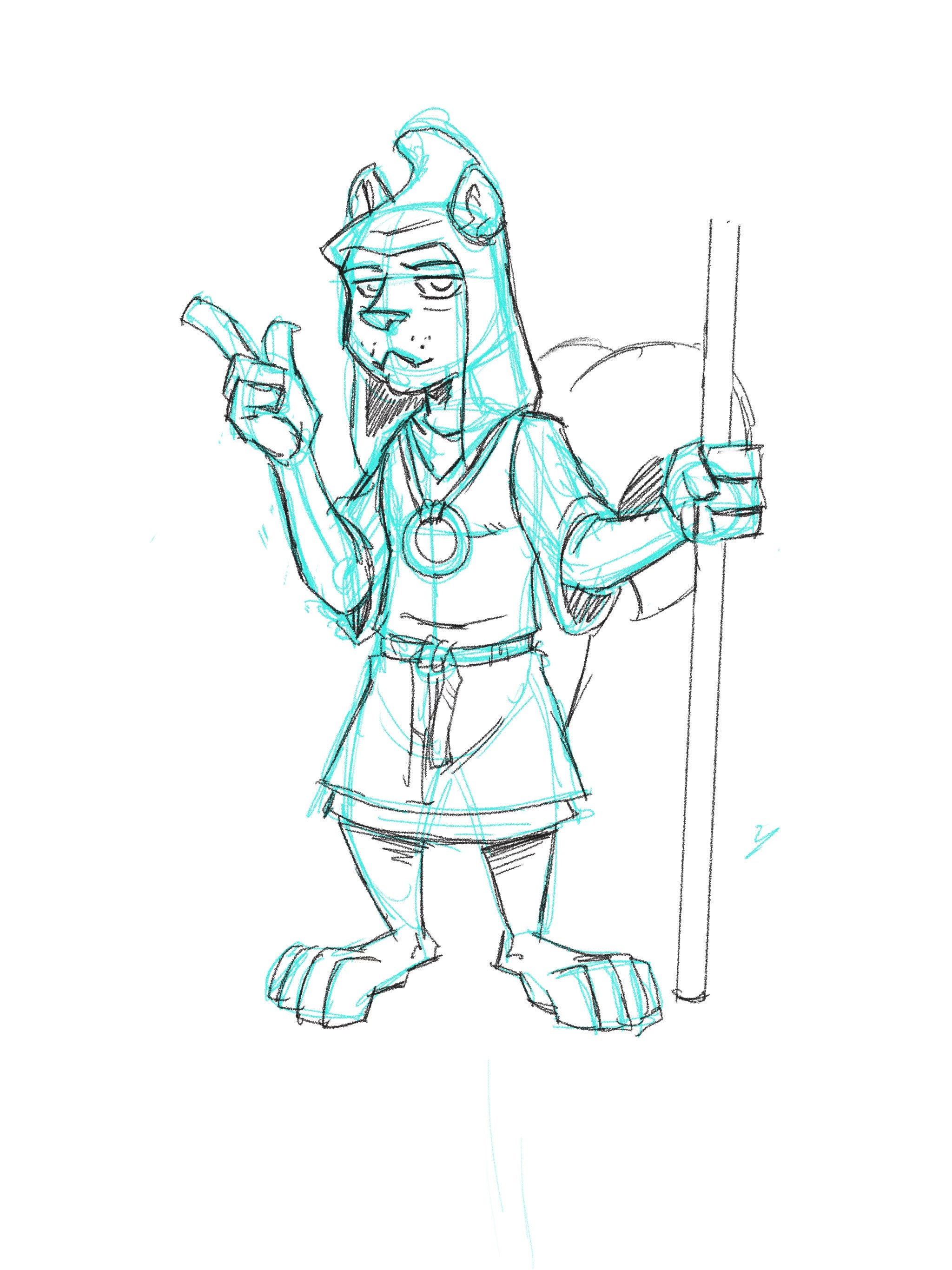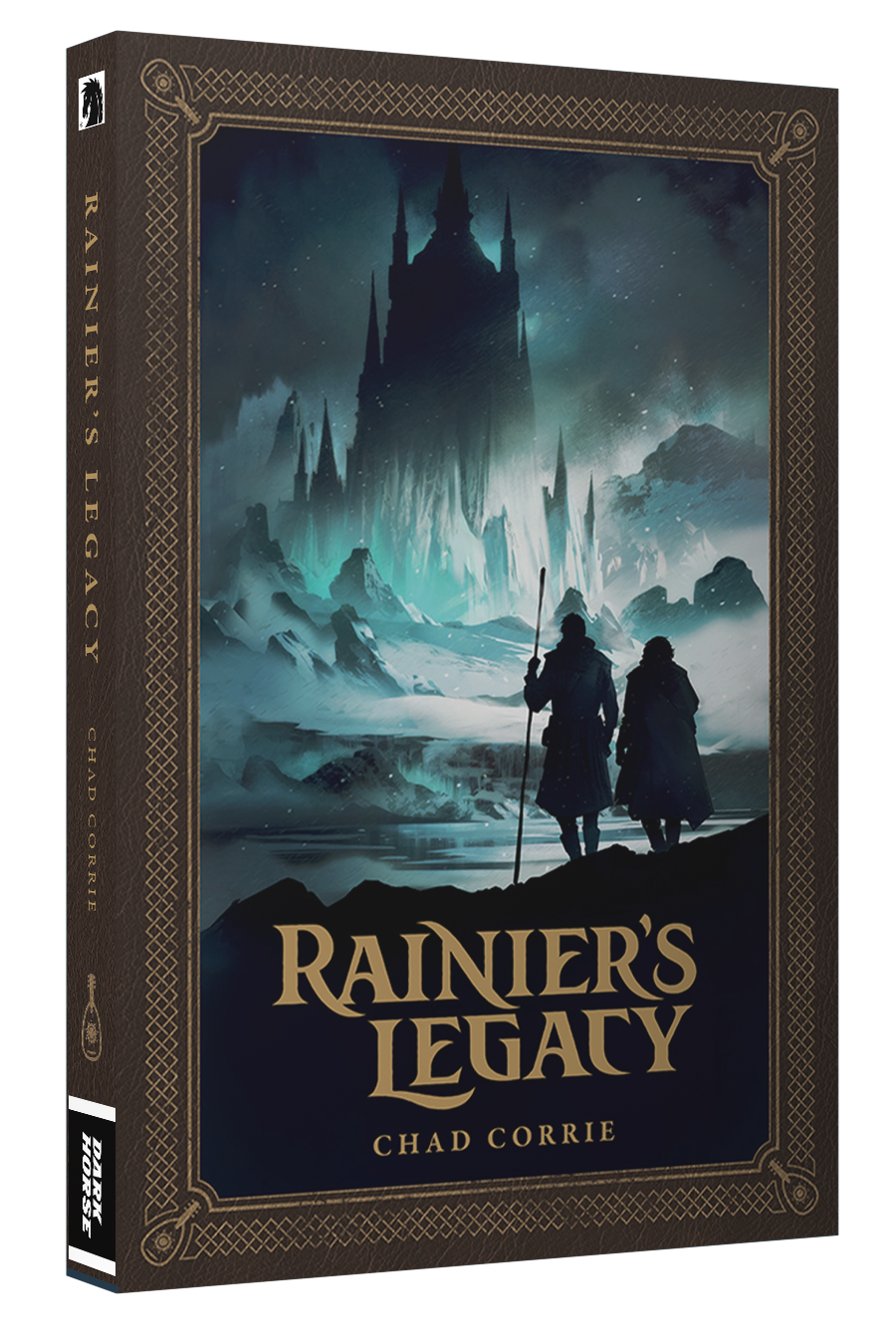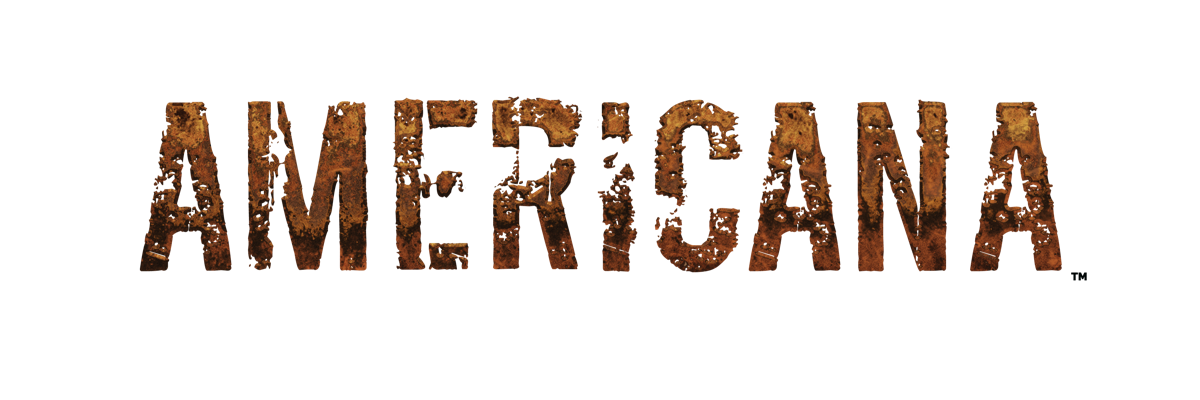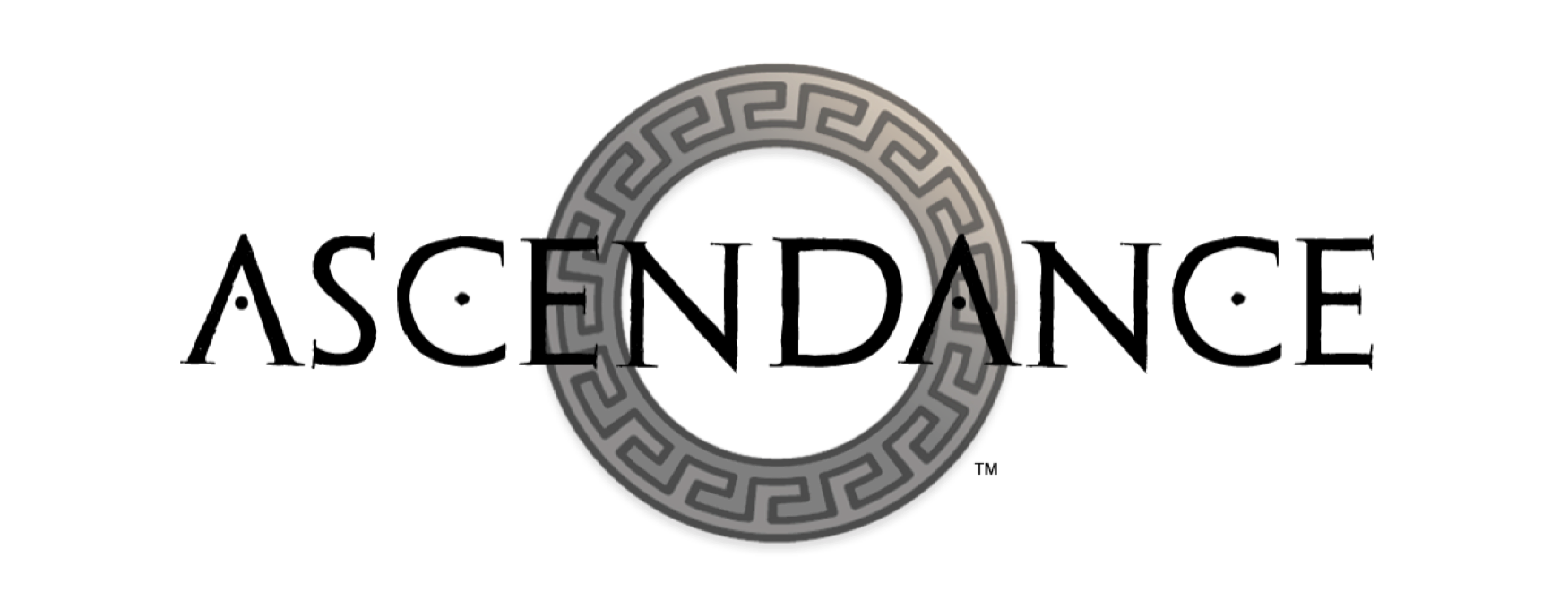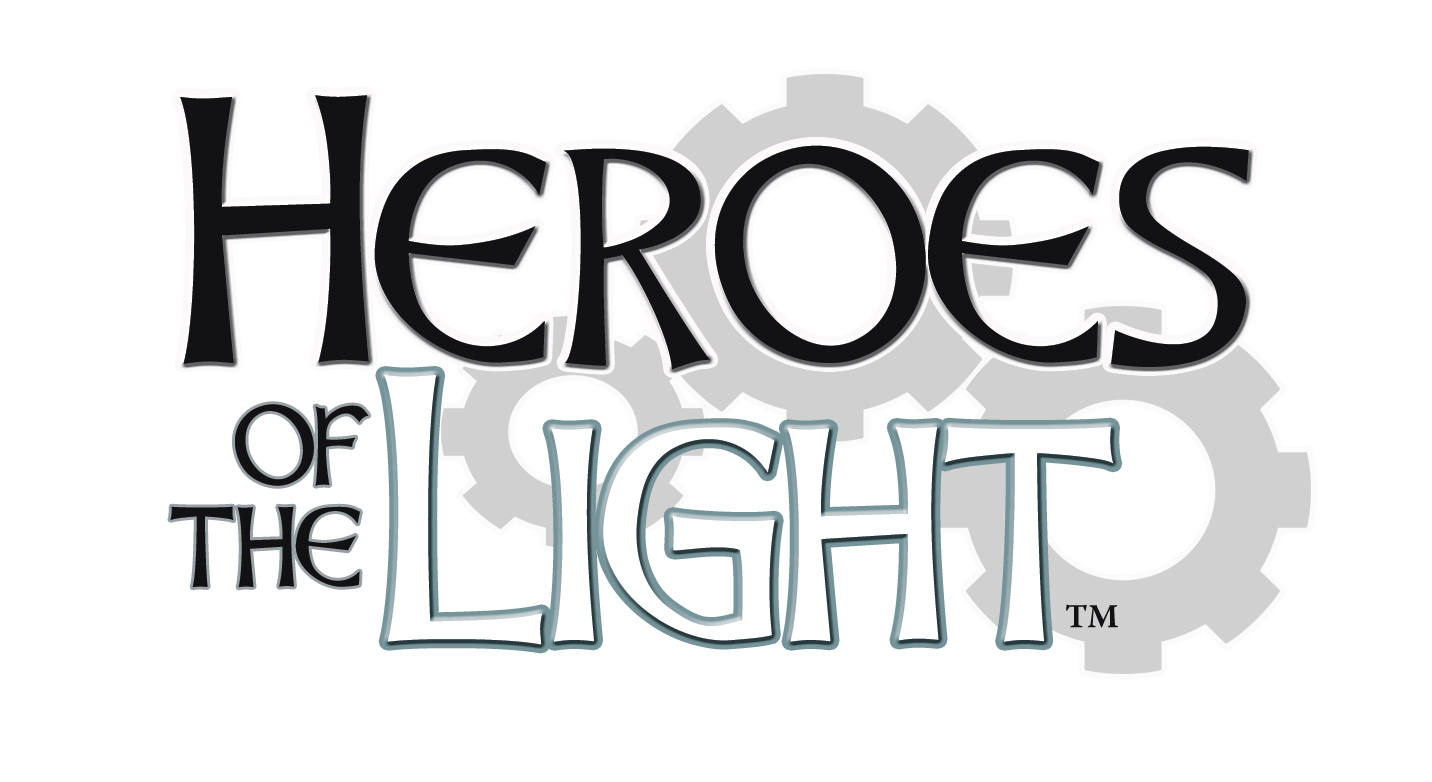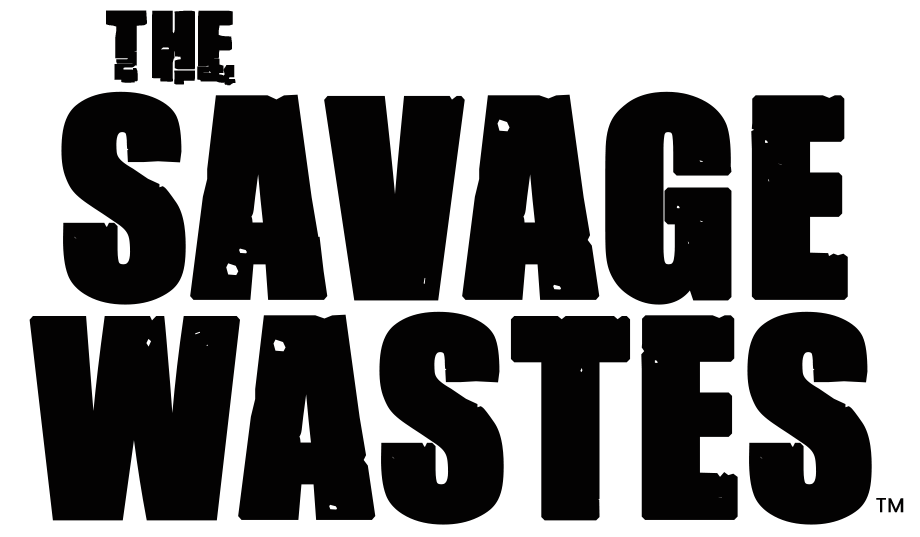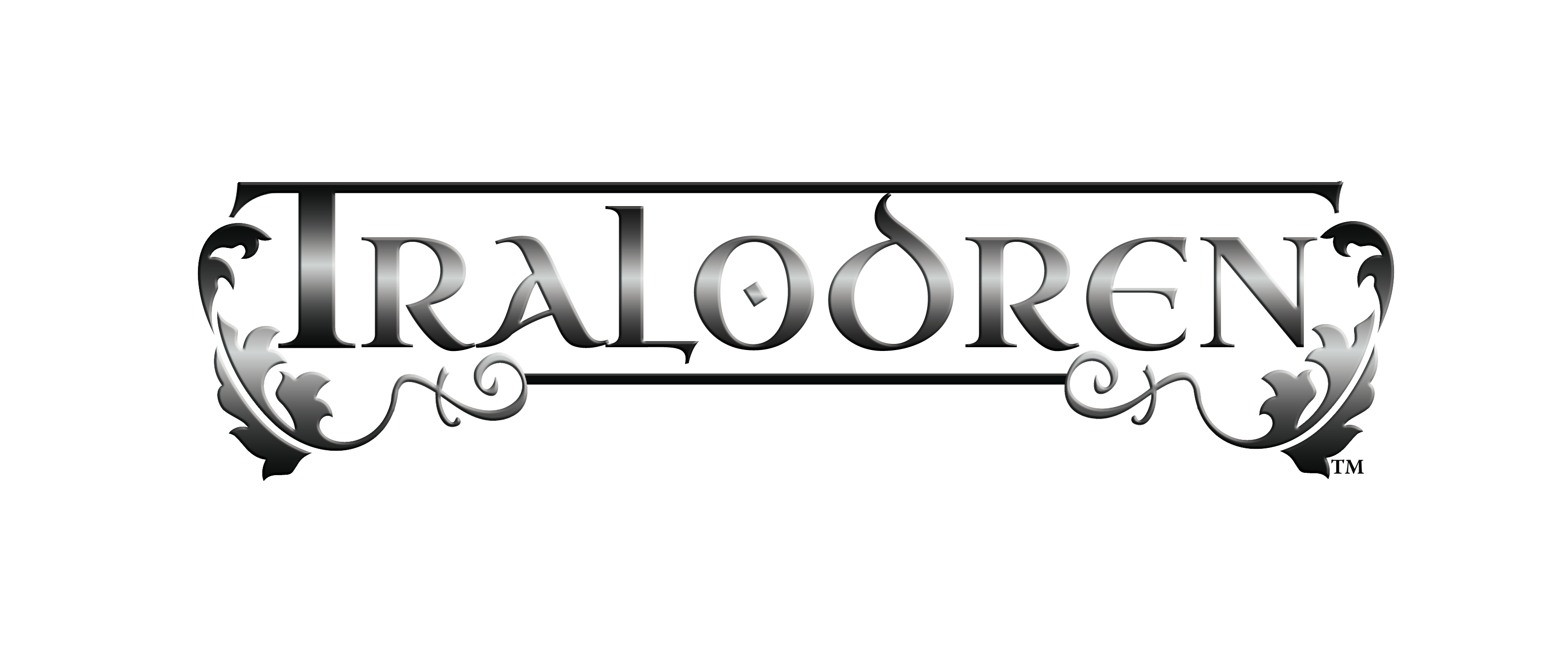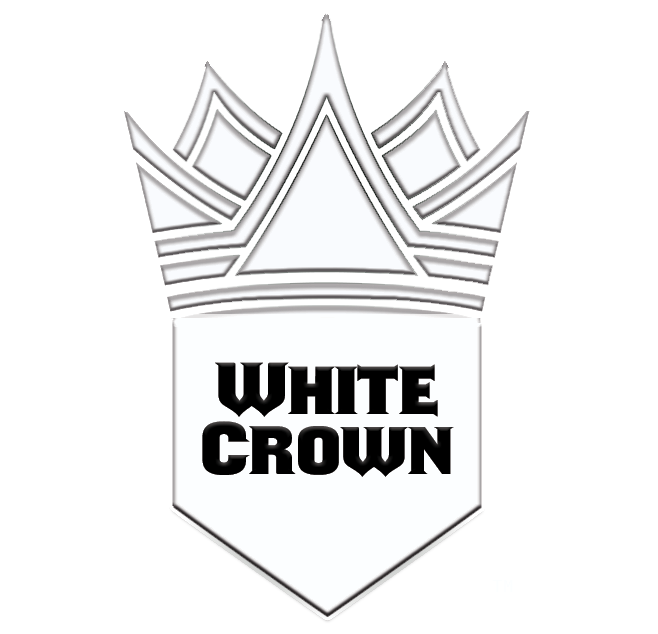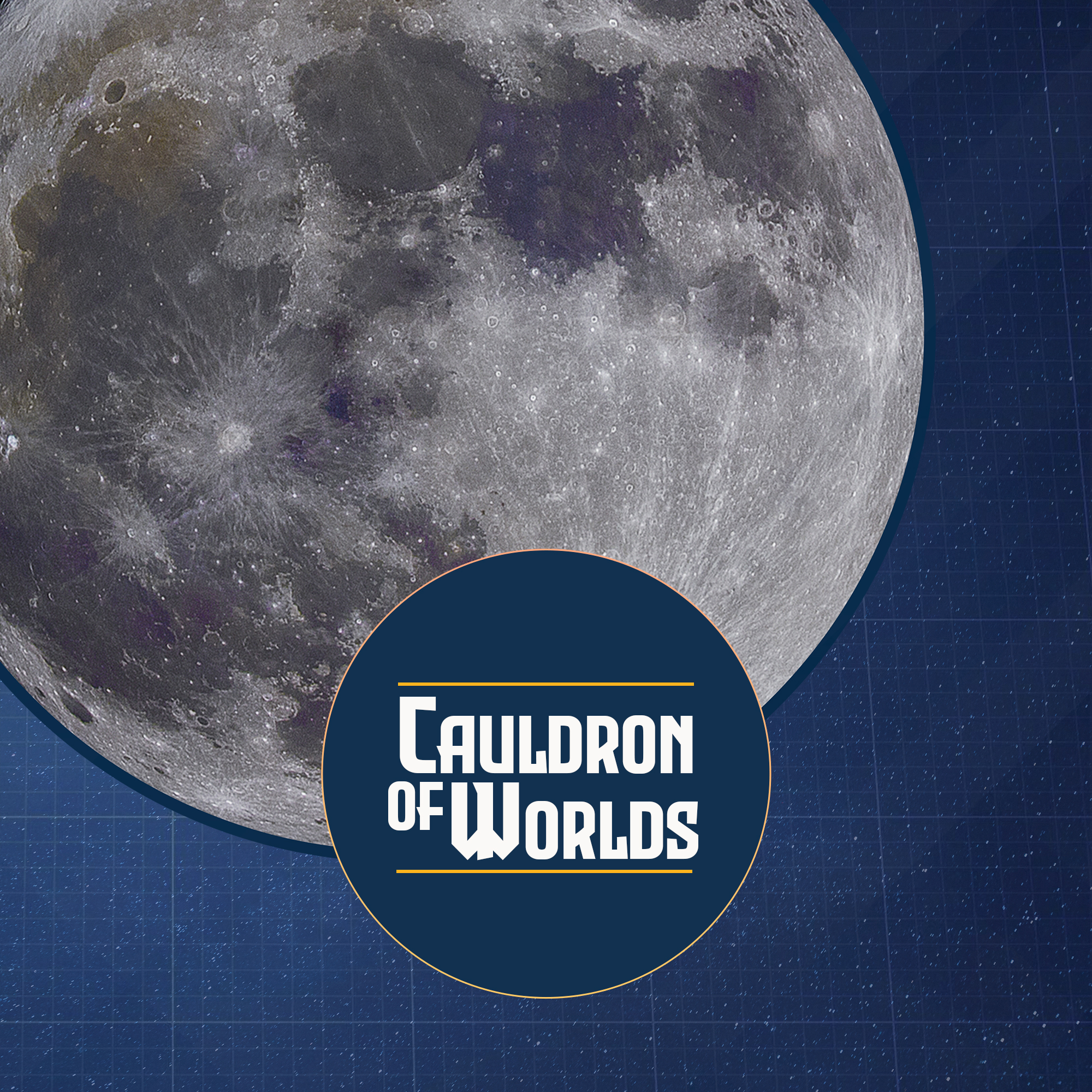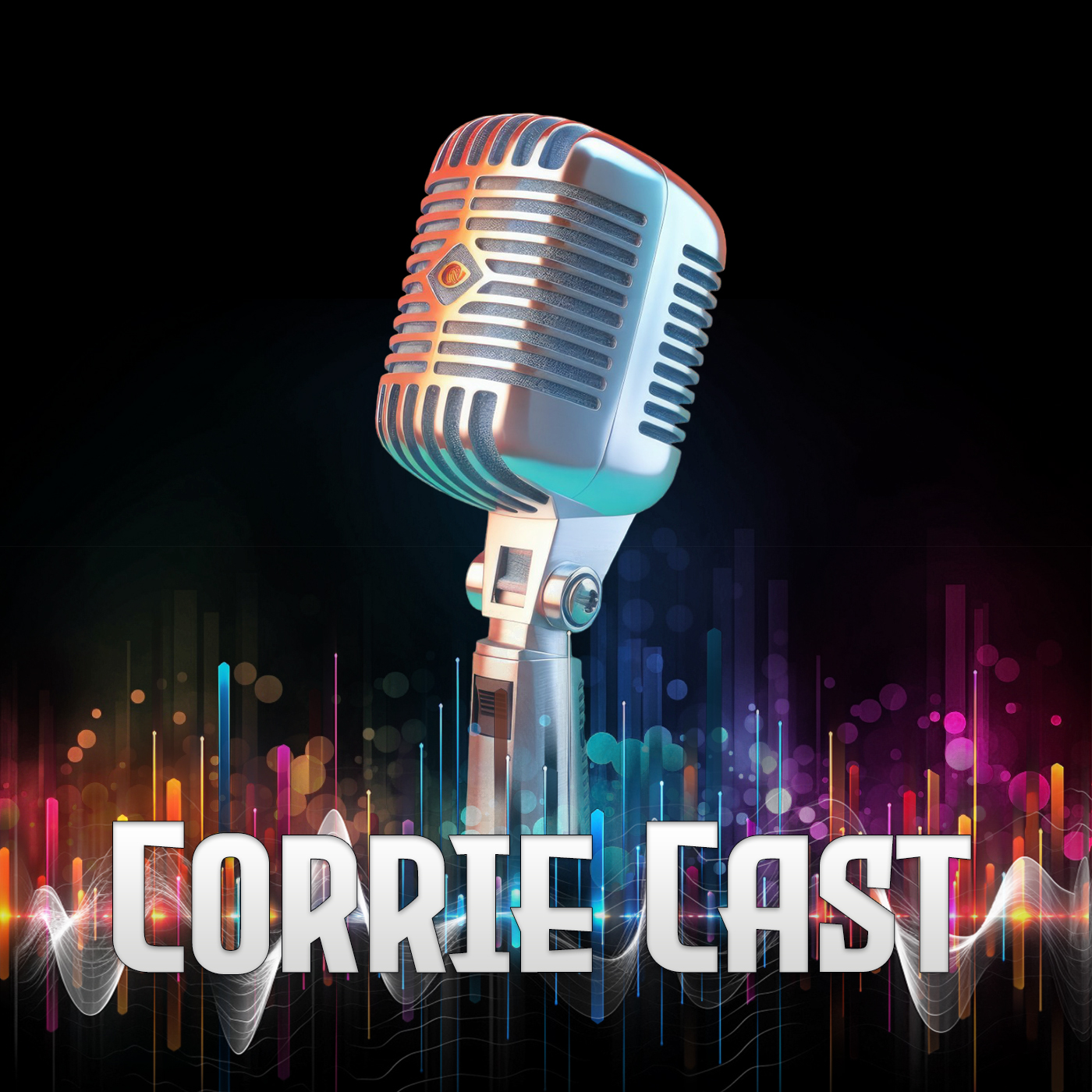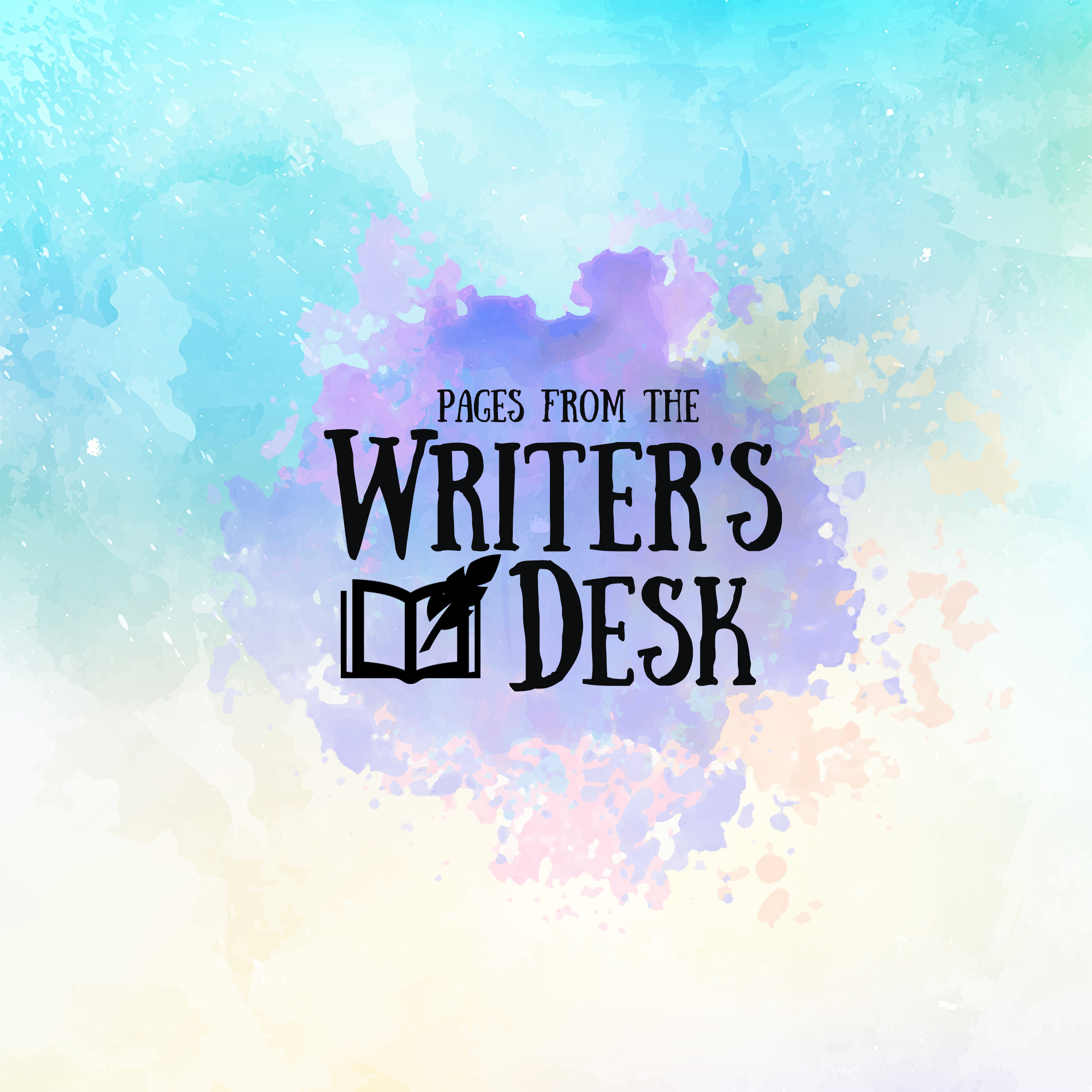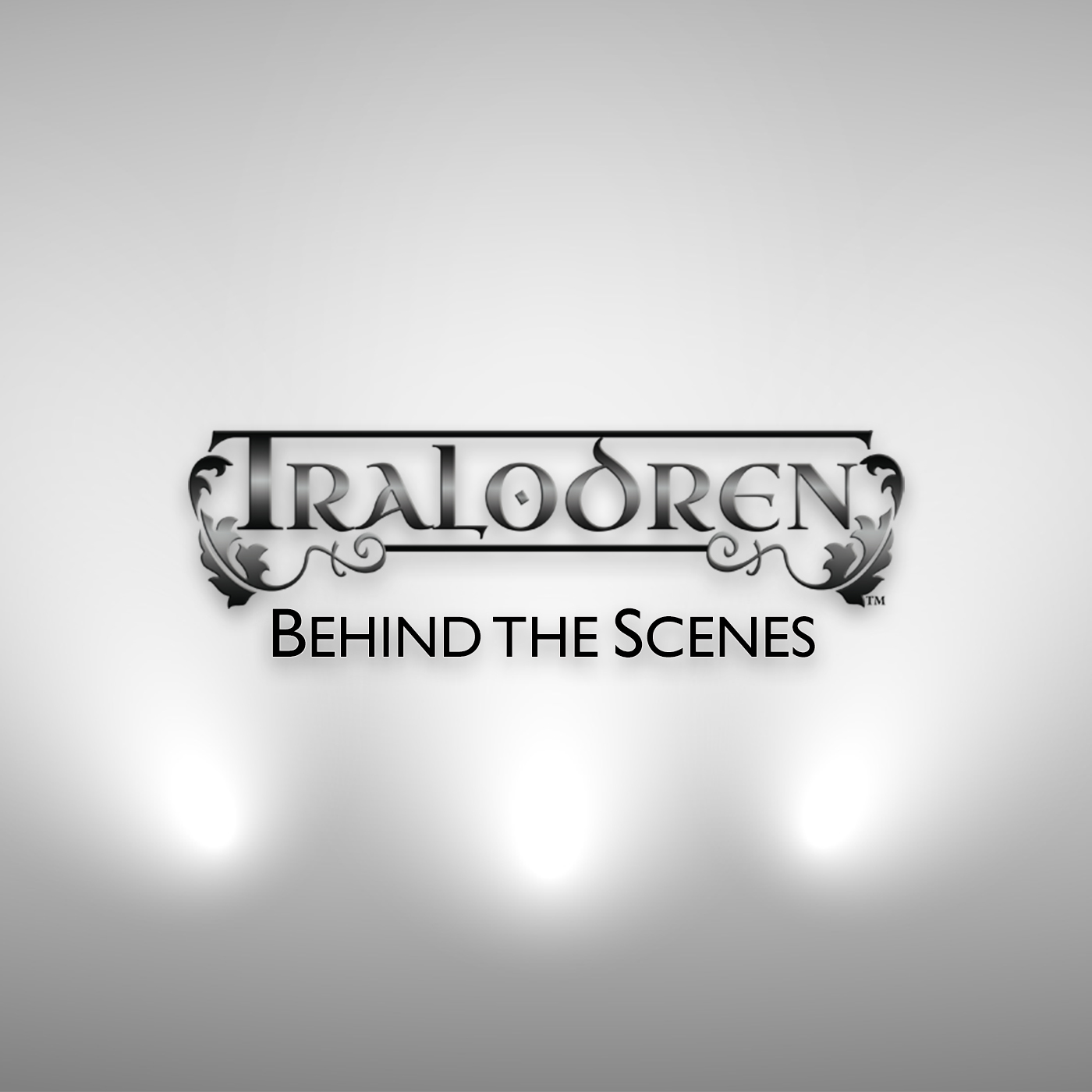GRAPHIC NOVELS
REFERENCE BIBLES
THE WRITER’S DESK © Chad Corrie
In this essay we’re going to talk about the next step in creating graphic novels once you’ve finished the script, and that is making a reference bible. I’ll be using some notes from my own work but in general the idea is that you want to get everyone on the same page moving forward. Making a graphic novel is a team effort with a lot of collaboration and so it’s important to make sure everyone is of the same mind when it comes to what certain characters, creatures, scenes, and so forth look like.
You can write a great script and say: “Mega Woman runs into the Bralin space ship to save John”, and it can make sense and be understood in the story level but if that’s all you do the artist working with you won’t know what to use for reference. He or she might end up with something completely different in crafting the look of Mega Woman and the space ship as well—even John for that matter. And when you start to have artwork being done on a page you don’t want to do a lot of revision if you can help it. It takes time, money, and can even ruin the work already done (not to mention frustrate the artist and yourself in the process).
The solution is to have the same idea of what things look like before you more ahead into the artwork and that involves having a reference bible. Now a reference bible is just like the name says: something for others to reference and so stay on the same page. What I’ve done for my work to accomplish this purpose is write up the look of each of the major characters, the settings, creatures, and anything else that might be important. The rest I’ll leave up to the artist to create, dropping hints along the way in the panels for some ideas. I do this for things that aren’t important as I don’t really care in most cases what the random crowd shots look like, for example, and want to let the artist stretch their creative muscles now and then too.
In the following text I list the basic info like height, weight, eye color, sex, but also add in attitude and who they are as this can be a wonderful tool for an artist to create a truly unique identity for the character. I’ll also offer some refence images for types of clothing or hairstyles and other things (when possible) that can help the artist and help guide them to a more finished concept from the beginning. Here is a sample of some characters that I’ve done in the past:
SIR THADDEUS LUCAS AKA GAIUS LUCAS THADDEUS
Height: 6’0” Weight: 200 Age: Middle-aged
Eye Color: Green Sex: Male
Hair Color/Style: Black and shortly cut.
Race: Elyellium (elf). See me for more details.
Clothing: Full armor of Gartaric Knight; wearing more mediaeval like clothing when he is not in battle.
Who they are: A Gartaric Knight who is an elf, the first of a handful who came to the fold. He becomes a father figure for [redacted] after he is saved from being left to fend for himself when first discovered by Thaddeus.
Attitude: Kind, loving, and true to his faith and cause. In short, the kind of hero and friend we’d all like to have and get to know.
GOBLINS
Height: 3-4’ Weight: 150 Age: Varied
Eye Color: Yellow Sex: Male
Hair Color/Style: Medium Length black--thin/stringy; some have bald heads.
Other notes: Goblins have lime green skin and pointed ears as well as sharp claws and canine teeth (upper jaw).
Clothing: Dressed for war in sort of dark ages piece mail armor.
Who they are: When we see the goblins they are fighting and are the enemy of the knights. As such they are a hostile mercenary force hired to fight for [redacted] against his enemies.
Attitude: They want to kill those they were hired to kill, simple as that.
Once I have the written reference bible done—which I use for myself and the editor can use for editing among other things—I then send it to the artist to do some concept art for the things listed. They take what has been written and come up with an image to go along with it. Often you’ll have to find a couple different takes on some things as you and the artist might not see eye to eye right away. Sometimes this can be good as it helps you find flaws in what you said or even presents a better way to see the character you wrote about. Other times the images are just way out there and not at all what you are seeing for the character, setting, etc. It’s much easier, however, to have these revisions and fine tuning done in simple concept sketches rather than trying to make a revision on finished pages.
I’ve included some of the visual reference bible pages for a couple different projects below as some examples of what you can usually expect for such rough sketched efforts...


